How Technology is Optimizing Supply Chains
Tech in Logistics: Revolutionizing the Future of Shipping and Warehousing
Have you ever wondered how goods travel across the globe with such incredible speed and efficiency? Behind the seamless delivery of everything from your morning coffee to vital medical supplies lies a rapidly evolving world of Tech in Logistics. But is this technological transformation truly benefiting businesses and consumers alike, or are there hidden challenges lurking beneath the surface? The answer is a resounding yes, with innovation constantly reshaping the entire supply chain. This post dives deep into the latest advancements in supply chain technology, exploring key trends, market insights, practical applications, and crucial considerations for businesses navigating this exciting landscape.
Key Concepts & Trends
The logistics industry is undergoing a profound digital transformation, fueled by several key trends. Artificial Intelligence (AI) and Machine Learning (ML) are at the forefront, optimizing route planning, predicting demand fluctuations, and automating warehouse operations. Imagine AI algorithms analyzing real-time traffic data, weather patterns, and delivery schedules to dynamically adjust routes, minimizing delays and fuel consumption. This isn’t science fiction; it’s happening now. Companies like Amazon heavily leverage ML for predictive analytics, forecasting inventory needs and optimizing fulfillment centers.
Blockchain technology offers enhanced transparency and security across the supply chain. By creating a tamper-proof record of every transaction, blockchain helps track goods from origin to consumer, reducing fraud and improving accountability. Food safety, in particular, benefits significantly from this. A simple scan of a QR code can reveal the entire journey of a product, ensuring its authenticity and safety.
Another accelerating trend is the adoption of Internet of Things (IoT) devices. Sensors embedded in cargo containers, trucks, and warehouse equipment provide real-time data on location, temperature, humidity, and other critical parameters. This allows for proactive monitoring, preventing damage and optimizing storage conditions. For instance, temperature-sensitive pharmaceuticals can be tracked precisely, ensuring they remain within the required range throughout their journey.

Data & Market Insights
The market for supply chain technology is booming. According to a recent report by Statista, the global Supply Chain Technology market is projected to reach $94.4 billion by 2028, growing at a CAGR of 9.8% from 2021. This explosive growth is driven by increasing e-commerce volumes, rising customer expectations for faster delivery, and the need for greater supply chain resilience, especially in the wake of recent global disruptions.
A McKinsey report highlights that companies that successfully integrate digital technologies into their supply chains experience, on average, a 10-15% reduction in operating costs and a 5-10% increase in revenue. This isn’t just about efficiency; it’s about gaining a competitive advantage.
Furthermore, a PwC survey revealed that 60% of logistics companies are currently exploring or piloting AI solutions, with a significant portion focusing on predictive maintenance for vehicles and optimizing warehouse layouts. This data underscores the urgent need for businesses to embrace digital transformation to remain competitive.
Smarter Strategies & Alternatives
Beyond simply adopting new technologies, it’s crucial to implement them strategically. A common mistake is to implement technology without first clearly defining business goals. Before investing in AI or blockchain, businesses should identify specific pain points and map out how technology can address them. This involves conducting a thorough assessment of current processes and identifying areas for improvement.
Another alternative to large-scale enterprise solutions is cloud-based logistics platforms. These platforms offer flexibility and scalability, allowing businesses to access advanced functionalities without significant upfront investment. Consider utilizing modular solutions – piecing together specific tools rather than committing to a complex, all-encompassing system. This approach allows for incremental improvements and better risk management.
Use Cases & Applications
The applications of Tech in Logistics are diverse and rapidly expanding. The food and beverage industry is leveraging IoT sensors to monitor temperature and humidity during transportation, ensuring product freshness and reducing waste. Retailers are using AI-powered demand forecasting to optimize inventory levels, minimizing stockouts and excess inventory.
In warehousing, automated guided vehicles (AGVs) and robotic arms are streamlining material handling, increasing efficiency, and reducing labor costs. Drone technology is being explored for last-mile delivery in urban areas, offering faster and more cost-effective solutions. Companies like UPS and FedEx are actively investing in drone delivery programs to enhance their delivery capabilities. The rise of micro-fulfillment centers, powered by automation and data analytics, is also changing the last mile delivery game.
Common Mistakes to Avoid
One prevalent error is neglecting cybersecurity. As logistics operations become increasingly reliant on digital systems, they also become more vulnerable to cyberattacks. A data breach can disrupt operations, compromise sensitive information, and damage a company’s reputation. Regular security audits, employee training, and robust data encryption are essential.
Another common pitfall is ignoring data integration challenges. Many logistics companies operate with disparate systems, making it difficult to gain a holistic view of their operations. Investing in data integration platforms can break down data silos and enable better decision-making.
Maintenance, Security & Long-Term Planning
Maintaining and securing tech solutions requires a proactive approach. Regular software updates are crucial for patching vulnerabilities and ensuring optimal performance. Implementing strong access controls and multi-factor authentication can protect against unauthorized access.
Furthermore, businesses need to consider scalability and future-proofing their technology investments. Choosing solutions that can adapt to evolving business needs and technological advancements is essential for long-term success. Stay informed about emerging technologies – quantum computing, for instance, could significantly impact cryptography and data security in the future.
Summary & Key Takeaways
Tech in Logistics is no longer a futuristic concept; it’s a present-day necessity. From AI-powered route optimization to blockchain-enabled transparency, technological advancements are revolutionizing the way goods are moved across the world. By embracing these innovations strategically, businesses can achieve greater efficiency, reduce costs, and enhance customer satisfaction.
Ready to explore how technology can transform your logistics operations? Share your thoughts in the comments below! What Tech in Logistics trends are you most excited about? Don’t forget to explore more on this topic at Tech in Logistics.
FAQs
Is it too late to invest in logistics technology?
Absolutely not! While the initial investment might seem significant, Tech in Logistics offers a strong ROI through increased efficiency and cost savings. The market is still in its early stages of adoption, offering substantial growth potential.
How can small businesses use AI in logistics?
Small businesses can start with simple AI applications, such as using AI-powered route optimization software or implementing chatbots for customer service. Cloud-based SaaS solutions make AI accessible even with limited resources.
What tech stacks scale best for logistics companies?
Cloud-native tech stacks, built on platforms like AWS, Azure, or Google Cloud, offer the best scalability and flexibility. Microservices architecture allows individual components to be scaled independently, ensuring optimal performance.
Share this content:
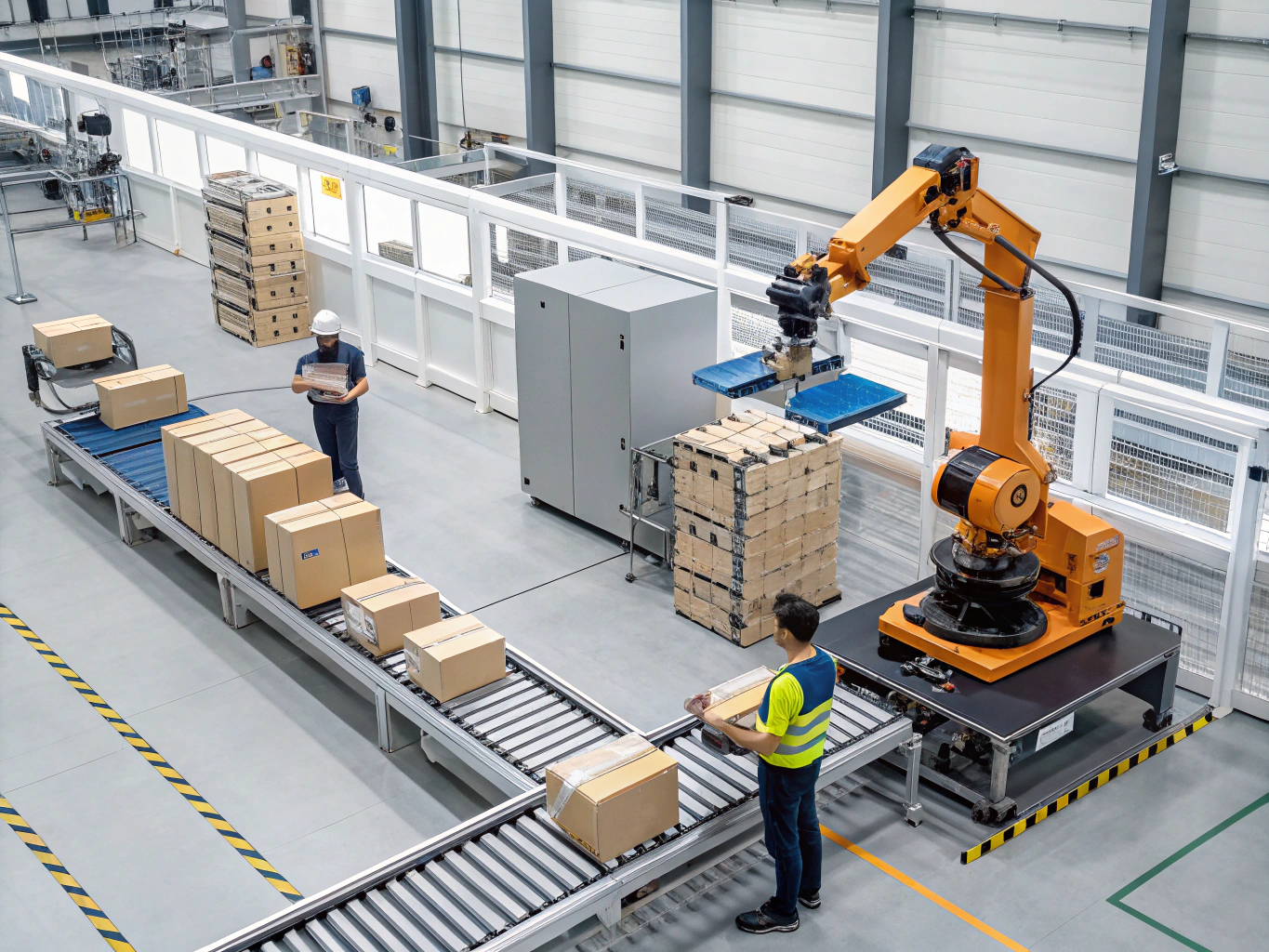
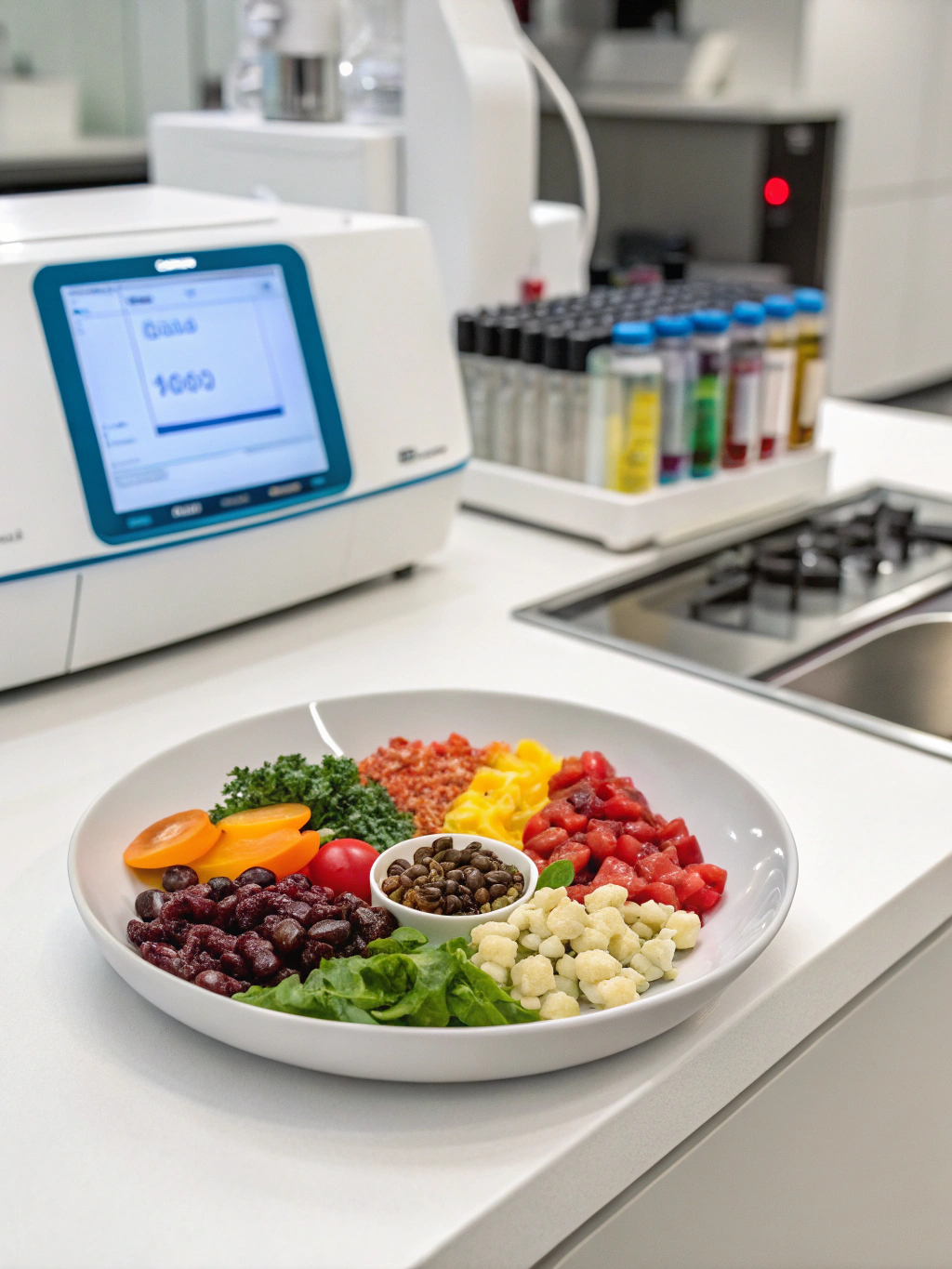

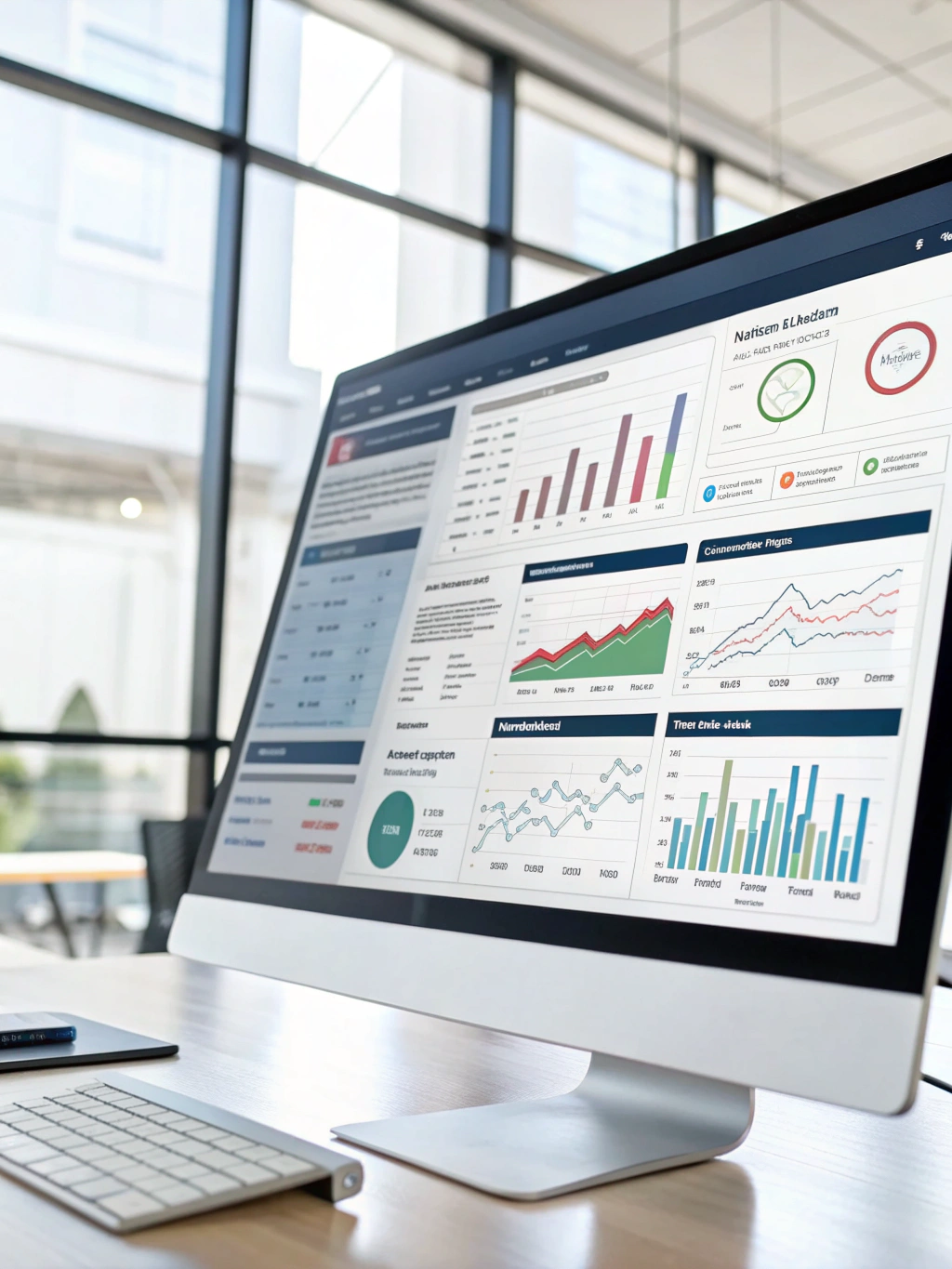
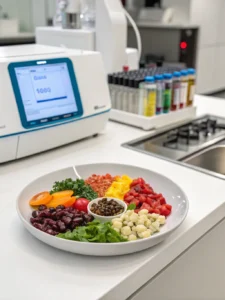

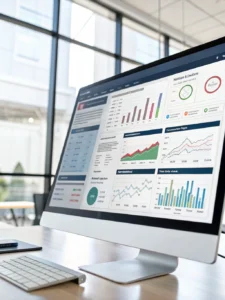




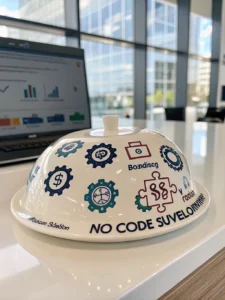

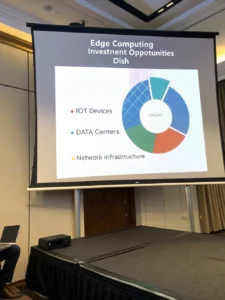
Post Comment